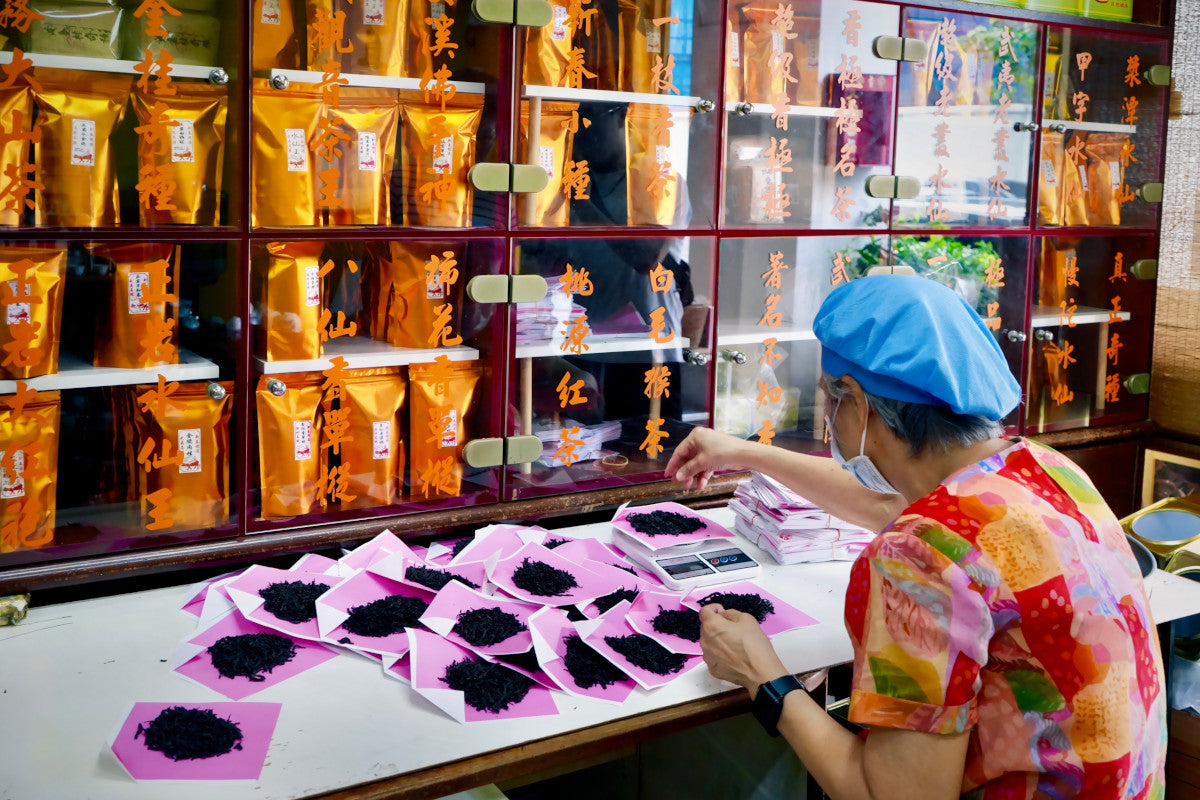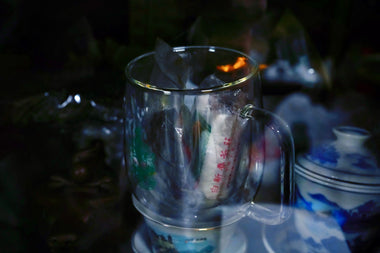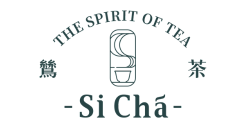Tea Trip 2024 - Story About NANYANG TEA (南洋茶)

Tea Trip 2024 - Story About NANYANG TEA (南洋茶)

While we promote our teas in a modern way, far away in Singapore, there is this tea house that insists on paying homage to their roots by using their iconic paper handmade packaging to promote their own unique NANYANG TEA (南洋茶).

Tea packets featuring traditional Chinese illustrations and text
Origins of Nanyang Tea: A Journey Across Borders
Nanyang generally refers to the region stretching from Fujian Province in Mainland China to Singapore, Myanmar to Vietnam as well as Brunei, East Malaysia, Indonesia and the Philippines. The term was coined amid the various waves of emigration from Mainland China, forming the Chinese diaspora. Along with the movement in people came the trade in tea, and it quickly became an important beverage. Oolong tea from the Anxi, Yong Chun, Nan An and Tong An districts in South Fujian were introduced into Nanyang.
Crafting Tea with Tradition: Pek Sin Choon Tea House
Founded in 1925, Pek Sin Choon Pte Ltd is one of Singapore’s oldest tea merchants. Pak Sin Chun Tea House has been a well-known tea house in Singapore for 99 years since its founder went from house to house selling tea along the streets, and has not only cultivated a group of loyal customers, but has also become the supplier for more than 80% of the Bak Kut Teh restaurants in Singapore, so that the tea culture of following the ancient method can be continued.
Located in Singapore's Chinatown, the nearly 100-year-old Pek Sin Choon still adheres to the traditional way of making tea, relying on the good old-fashioned taste to survive the highly competitive international market, and has now been passed down to the fourth generation. They set out to research and develop unique yet affordable teas in Singapore.

An old lady is preparing tea packet
Nanyang Tea: Blending Northern and Southern Fujian
At Pek Sin Choon Tea House, you can easily find one or two hundred types of tea, among which the most important is Nanyang Tea. This tea blends the flavors of Northern and Southern Fujian. Due to underdeveloped logistics at the time, many varieties of tea were not readily available. Therefore, they could only blend tea leaves from other regions to create flavors closest to what they desired.
The current owner, Kenry Peh, still insists on using the large basket brought back from China by his great-grandmother to blend tea leaves. He also remains adamant about not using machines, stirring the tea entirely by hand because "this process is akin to gently massaging the tea leaves, allowing us to feel whether the leaves are too damp and make adjustments immediately." Doing so not only preserves the integrity of the tea leaves but also brings out the best flavors. When the tea leaves are evenly mixed, they will be placed on the basket for the sun-drying process, with each type of tea requiring its specific temperature.

"The most important aspect of tea tasting is the balance between bitterness and sweetness, much like life itself. Without hard work and dedication, we cannot savor the sweet rewards. Through a cup of tea, we can slow down the pace of life and enjoy the beautiful moments around us," said Kenry Peh.


As everything iterates and renews itself, we also value tradition more as well as admire history. Hats off to all those who work hard for tea.
